The Pomeranian University Publishing House publishes scientific and educational works in the social sciences and humanities. We pay particular attention to such disciplines of knowledge as pedagogy, ethics, administration, management, logistics and security. With our publishing activities, we want to contribute to the development and popularisation of knowledge and the deepening of the competences of both academic circles and a wide range of recipients interested in the proposed topics.
In order to ensure the high substantive quality of the published works, the Publishing House applies procedures for reviewing scientific publications in accordance with the principles of publication ethics and cooperates with experts in the above-mentioned fields of knowledge. In order to prevent and counteract unfair publishing practices, we base our publishing ethics on the guidelines of the Committee on Publication Ethics (COPE). We work with a highly qualified team of editors, proofreaders, graphic designers and DTP designers, guaranteeing the quality and attractiveness of the proposed publications.
The publishing house of the Pomeranian University applies the highest standards and principles of publication ethics to counteract unfair publication practices. The guidelines of the Committee on Publication Ethics (COPE) are a point of reference in this respect.
Protection of private interest in the process of expropriation of real estate
The publication is the only one in Poland to systematise the procedure for the protection of private interest in the process of expropriation of real estate by the State Treasury and local government units under the procedure and rules for the preparation and implementation of investments in the field of public roads. The publication broadly presents the material and procedural aspects of expropriation of real estate, the issue of enforcement of a decision on expropriation of real estate, or the distinctiveness of administrative proceedings.
Pomeranian University
Starogard Gdański 2023
Link to book in electronic format
Preventive detention under the Police Act
This publication is one of the few in the Polish academic discourse to include, in a relatively systematic manner, the procedure of preventive detention by the police, as well as other services in Poland. It is based on preventive detentions carried out by the police during a declared epidemic, women's protests against the Constitutional Tribunal's ruling on abortion, or spontaneous gatherings organised by opponents of the ruling authorities. In it, the author presented the material as well as procedural aspects of preventive detention, using real-life examples that he encountered daily in his work as a lawyer.
Pomeranian University
Starogard Gdański 2024
The text of a work submitted to the Publishing House should conform to the following rules. The Pomeranian University Publishing House reserves the right not to accept the text for publication if the material submitted to it deviates significantly from the outline presented.
We apply the following specific rules in the editorial development of the Publisher's publications:
(a) citations:
(b) italics:
(c) the antecedent:
(d) numerals:
(e) abbreviations and acronyms:
(f) footnotes:
NOTE: If the document has been published, we refer to the published version, not the archived version.
The Pomeranian University Publishing House makes every effort to ensure that publications meet all academic and editorial criteria. We take care to ensure the highest scientific level of the books and journals published.
The Publishing Board of the Pomeranian University is made up of recognised authorities in their respective disciplines.
President
Prof. Dr. Wojciech Polak
Members
Prof. Dr. Marcin Jurgielewicz - Rzeszów University of Technology
Dr Tomasz Safjański, Prof. Ucz - WSB Academy Dąbrowa Górnicza
Dr. Arkadiusz Durasiewicz, Prof. - University of Applied Sciences in Wrocław
Dr Marek Depczyński, Prof. Ucz - Academy of Military Art
Monika Kotowska, PhD, Prof. Ucz - University of Warmia and Mazury in Olsztyn
Dr. Norbert Malec, Prof. Ucz - University of Siedlce
Prof. Wojciech Polak - UMK in Toruń
D. S. Galij-Skarbińska, Prof. UMK
Dr Tomasz Kozłowski - ISP PAN
Dr Michał Przeperski - IHN PAN
Dr Magdalena Staręga - University of Gdańsk
Law & Security Yearbook is an international scientific journal of the University of Vocational Training in Wrocław and the Pomeranian University of Applied Sciences in Starogard Gdański, published since 2023.
The pages of the Law & Security yearbook publish original and high quality articles on creative and original studies with reliable scientific sources and empirical results. Additionally, research reports on the state of Polish law, security sciences and dissertations prepared by well-known and respected authors - both Polish and foreign - are presented, as well as experts and authorities mainly from scientific and academic circles and practitioners.
Editor-in-Chief: Dr. Paweł Łabuz
Deputy Editor: Dr Irena Malinowska
Editorial Secretary: Agnieszka Sawicka
In the coming years, it is planned to include the periodical in the List of Punctuated Journals of the Ministry of Education and Science.
ISSN 2956-7440
e-ISSN 2956-7610
Magazine owner:
Higher School of Vocational Education / Pomeranian University of Starogard Gdański
Homepage of the magazine Law and Safety Yearbook

Pomeranian University
in Starogard Gdanski
112/114 Kościuszki St.
83-200 Starogard Gdański
Pomeranian voivodeship
Pomeranian University
in Starogard Gdański
the first university
in Kociewie, established
more than 20 years ago.
PU offers under- and postgraduate studies
on various courses:
. Administration, Pedagogy,
Logistics, Internal security